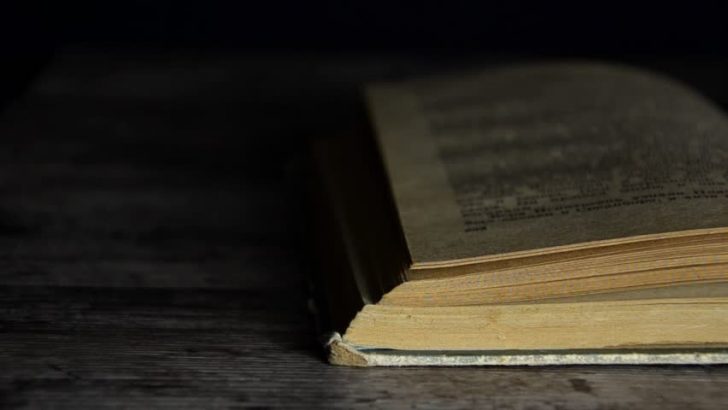THE WORLD OF BOOKS
On Easter Monday I went with a friend to the regular monthly Book Fair in Dublin. This caters for many kinds of readers and collectors. Most of the books on offer are at very reasonable prices. Nothing here that would sell for more than a couple hundred euros – high enough, I suppose, for some purses.
Ordinary readers, most of whom keep very few of the books they buy over the years, must be mystified by the activities in the rarefied world of book collectors, such as those to be seen and chatted to at this event.
But there are even more rarefied levels of book collectors, a sort of bibliographical Everest where oxygen may be in short supply and is certainly not always reaching their brains.
My attention was caught the other day by a colour advertisement prominently printed in a literary magazine. It illustrated a selection of rare books on offer at an upcoming auction, with their guiding prices.
One of the books was a James Joyce title: Haveth Childers Everywhere, a pamphlet extract from Work in Progress (as Finnegans Wake was known before 1939). This was estimated at £3000-4000. Such a price is well beyond that of those who enjoy reading Joyce. here we have left the realm of the arts, and entered the kingdom of commerce and of investment portfolios. The elevated price may help us to understand where some library budgets go these days.
Cheapest Book
But consider the other items which are on offer.
The cheapest book illustrated was a first issue of Anthony Burgess’s A Clockwork Orange (1962), for £1,000 -1500, a singular linguistic feat in its own way. A very different literary work, Scott Fitzgerald’s The Great Gatsby, was not just a first edition, but a “first state dust-jacket”. (Which reminds me that I saw in one Dublin dealer’s window a while ago a Scott Fitzgerald book with a “made-up” photocopied jacket. It was the British edition wrapped around an American printing. When I asked about this, to me slightly deceptive offer, I was told it was for “information” only.)
There was also a book by the great Stanley Morison and Kenneth Day The Typographical Book 1450-1935, for £6,000-8,000 – this was not so much for the work of the brilliant type designer (a copy can be bought on Amazon for £35), so much as for the high-art binding in which had been recased by the late Elizabeth Greenhill.
The final titles were what once would have been called ‘children’s book'”. One was The Hunting of the Snark, by someone called here Charles Lutwidge Dodgson, otherwise “Lewis Carroll”; which was guiding at £7,000-9000. Another was J. K. Rowling’s Harry Potter and the Philosopher’s Stone a first printing of the first edition in 1997, at £6,000-8000.
But the final title – and here some readers make need to catch their breath – was a first issue of the first edition in 1901 of The Tale of Peter Rabbit. Miss Potter’s undoubted masterpiece was £15,000-20,000.
Now all of these titles can, I suppose, be seen as landmarks in the course of Western culture. All are, in their very different ways, admirable and significant works, though I would not care to rank them further (as is done on those rather silly programmes on TV listing, say, “Our Favourite 100 TV ads of All Time” – “all time” here being dated from about 1964, anything before that belongs to an era “almost forgotten” – a favourite phrase these days with some journalists for everything from the names of Alexander’s generals to the Korean War – a world of misty prehistory, rather than history.
Commercial Value
The prices have little to do with literary value, but are posited on rarity, the commercial value of which is, of course, always to be exploited.
This same drive we see all the time, where families, generally grandchildren sell off the papers, paintings, or whatever of their famous relative for as much as they can, rather than present them to the nation or a national institution. Nothing quite beats the greed of posterity. The only real value that granddad has to some families, or the nation, or indeed to civilisation, is cash at auction, with of course a levy or commission fee to the auctioneers or go-between. which can amount to 40% of the hammer price.


 Peter Costello
Peter Costello
